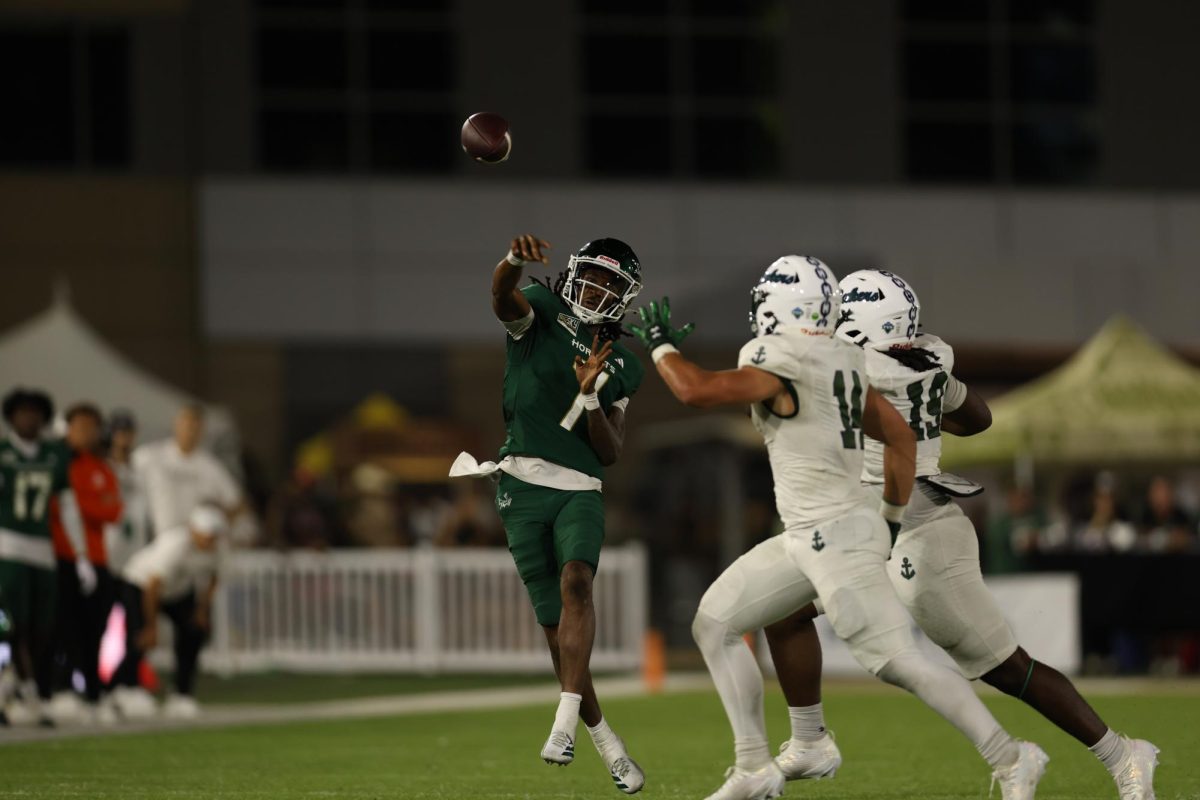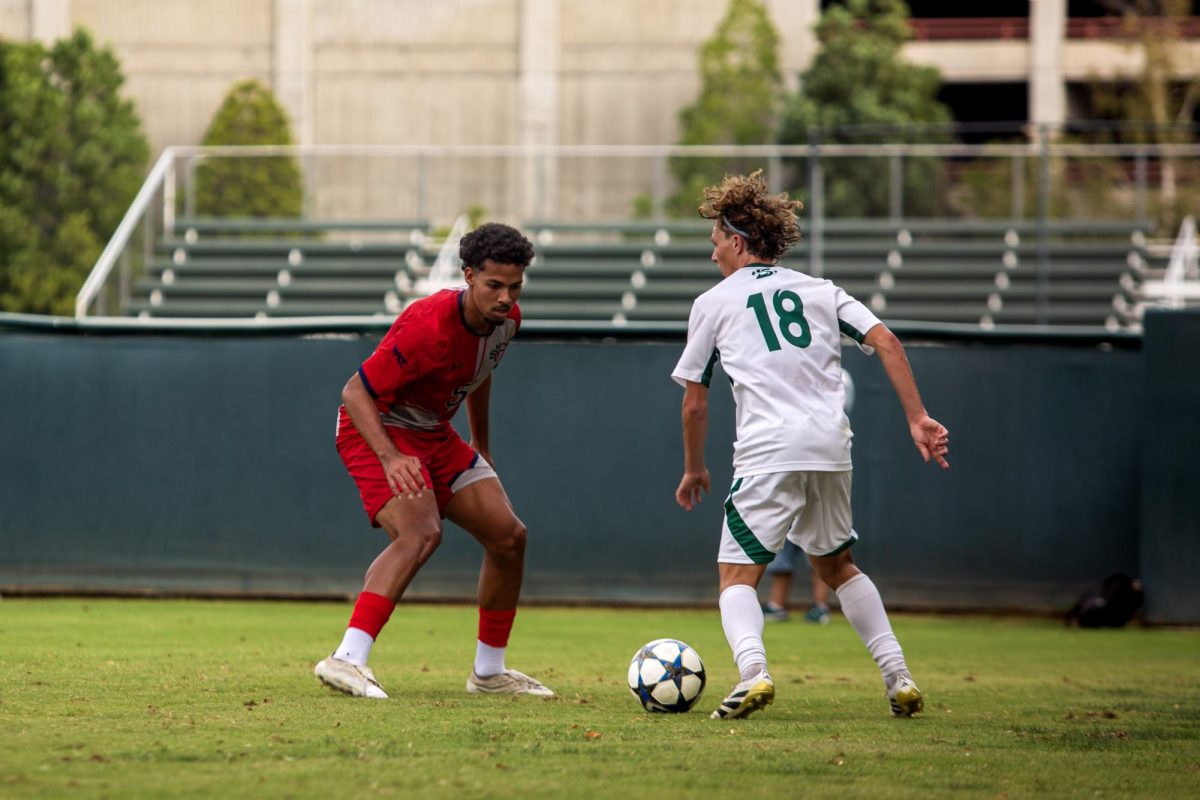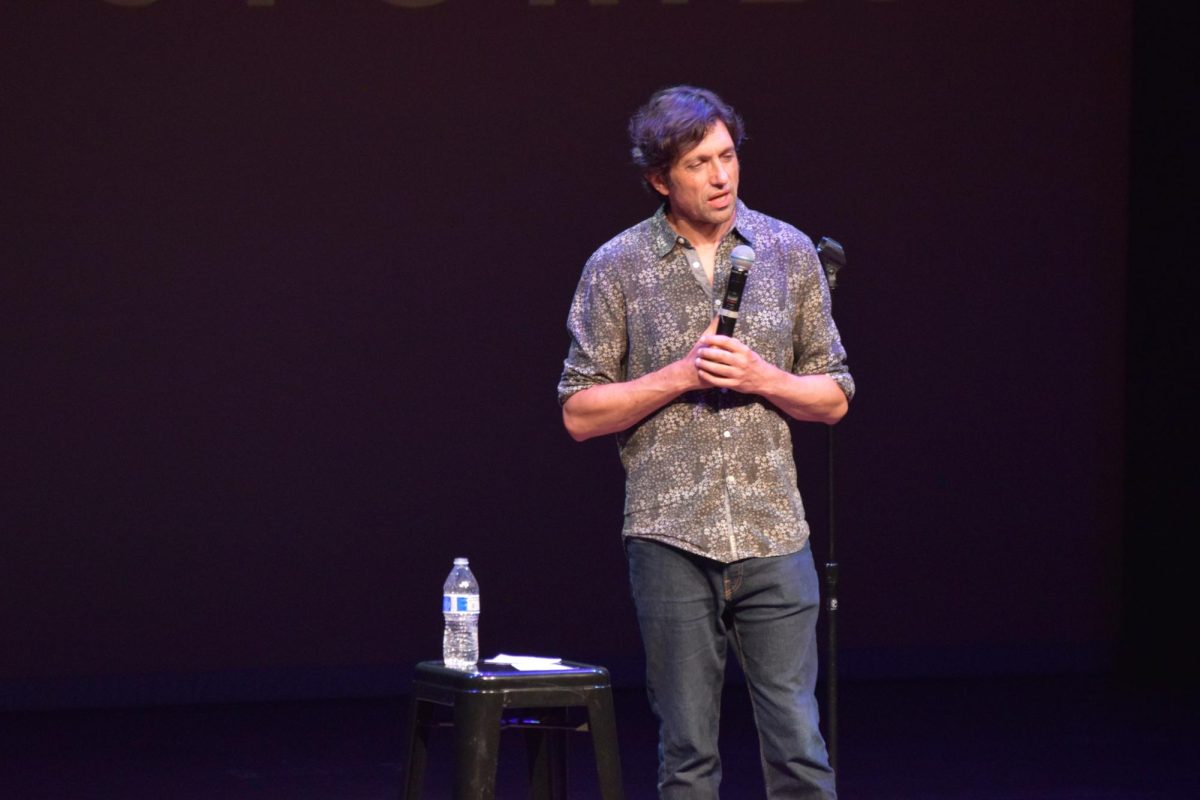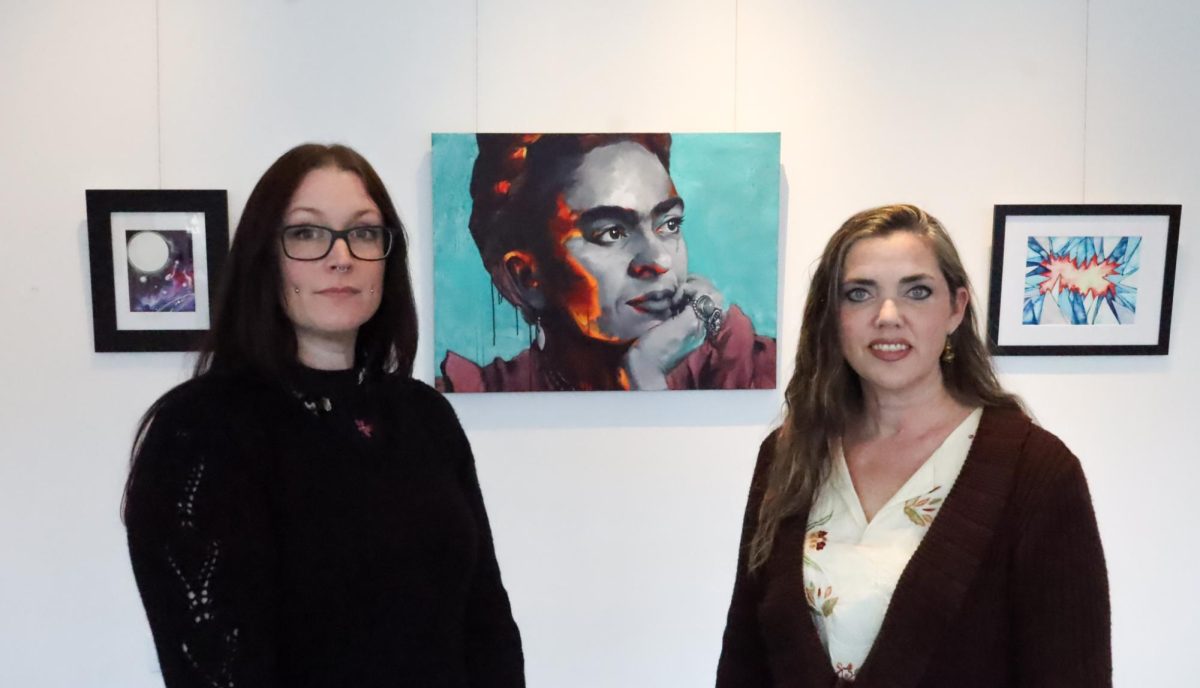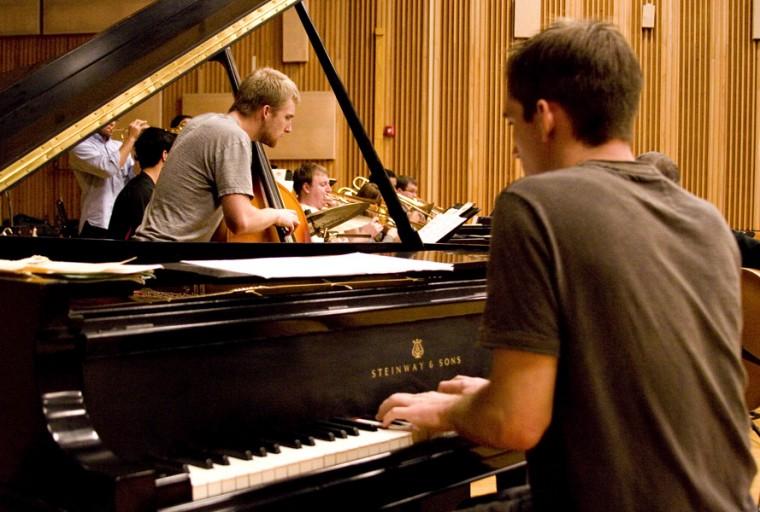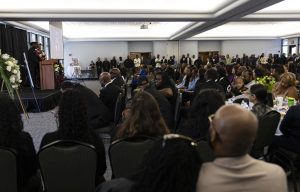Jazz studies gets revived
The Sacramento State Jazz Ensemble rehearses a piece called “Indian Riffs” by Matt Catingub in a recital hall at Capistrano Hall.:
December 10, 2008
“Jazz does not belong to one race or culture, but is a gift that America has given the world,” said famous jazz saxophonist Ahmad Alaadeen.
Sacramento State is home to one of the fastest-growing jazz programs in the California State University system. And giving a gift is exactly what the members of Sac State’s jazz ensemble try to do.
Graduate student Sam Griffith is a member of the Sac State Jazz Ensemble and believes that music has become a part of who he is.
“I was fortunate enough to grow up around music; it’s always been a part of my life. At this point, it’s just a part of me. I think a lot of musicians feel that way,” Griffith said.
Director of the Sac State Jazz Ensemble and creator of the jazz studies major Steve Roach encourages his students to begin working in the performance field long before they are set to graduate.
“It’s funny. How many people can say they are working in their job while still in school? That’s the curse of the musician, you’re always studying to get better,” Roach said.
The jazz ensembles are composed of five trumpets, four to five trombones, five woodwinds, piano, bass, guitar, drums and other forms of percussion. Any student, whether he or she is a music major or not, is allowed to participate in Sac State’s Jazz Ensemble.
The jazz ensemble is actually a class and is a part of the music performance major that Roach developed when he came to Sac State. Students audition for the ensembles on the first day of class each semester.
Returning student Gary Paolinelli, who graduated from Sac State almost 20 years ago, said the reason he did not follow his love of music when he wasfirst in college was because a program was lacking.
“I have played music my whole life. Part of the reason I didn’t major in music the first time around is because there was no jazz studies major in the ’80s. There aren’t even that many programs now that offer a jazz degree,” Paolinelli said.
Paolinelli is set to graduate next year with a degree in jazz studies and hopes to become an educator of music.
“What I see as a strength are our great resources here. We have some of the best players in northern California as faculty,” Paolinelli said.
Some of the students focus more on their performances than anything else.
Griffith said he feels that the most satisfying aspect of studying music is performing in various jazz festivals.
“Last year we competed in the Monterey Jazz Festival and they only take six bands. Being in that top six was really cool,” Griffith said.
Griffith said that playing with the band is a unifying experience. In addition to a strong jazz program, Sac State will have recognition that other schools receive.
“Some other schools, especially down south, get a lot of recognition as top jazz schools. This can really help Sac State become one of the prominent ones,” Griffith said.
Senior music performance major and bassist in the Sac State Jazz Ensemble Kellen Garcia said she was attracted to the jazz program at Sac State after hearing one of its big bands perform.
Garcia said the best part about participating is the challenge of the music that Roach gives his students.
“He always says he gives us music that may be just a bit above the ability of the musicians. You have to work so hard on this music that in the end it makes you a better musician,” Garcia said.
Garcia also said the program at Sac State is growing and receiving more notoriety.
“I played in this festival once. This guy had a recorder and was giving us comments on our performance. He was a musician from L.A. He was like, ‘Man, you guys from Sacramento got some s—! I got to come down there some time!’ That was really cool, and I guess people are starting to notice a lot of good things are going on in our program,” Garcia said.
Griffith agrees that Sac State is begging to gain more recognition as being a school with one of the top programs.
“I’m of the mindset that if they are going to have a music program it needs to be good. The program itself is really starting to take off. The jazz vocal program has actually become prominent nationwide and begun to gain some real acclaim,” Griffith said.
Senior jazz studies major and member of the vocal jazz ensemble Glynis Davies said the number of talented people at Sac State is what makes the program so enjoyable.
“It’s really great to be involved in all this,” Davies said. “It’s a great experience that we work so hard and there is something to show for it. Not all schools are like that.”
The vocal ensemble will be featured on an all-college a cappella CD put together by musician Ben Folds.
Jazz studies was developed in order to produce performers that are versatile, according to the jazz studies’ website. The program is available on trumpet, trombone, saxophone, piano, guitar, bass, drums and voice.
The jazz program at Sac State also holds its own festivals in addition to its performances around the Sacramento area.
The 2008 Sac State Winter Jazz Festival takes place on Dec 13. It is open to high school, middle school, and junior high jazz ensembles and combos, in addition to vocal jazz ensembles. College jazz ensembles are also able to participate. The festival is non-competitive and purely for education and experience purposes. The jazz studies website said that as the main objective of the festival, “it is important that our young musicians are taught how to play jazz while enjoying the learning process through every means available.”
Amanda Pollard can be reached at [email protected].

















































